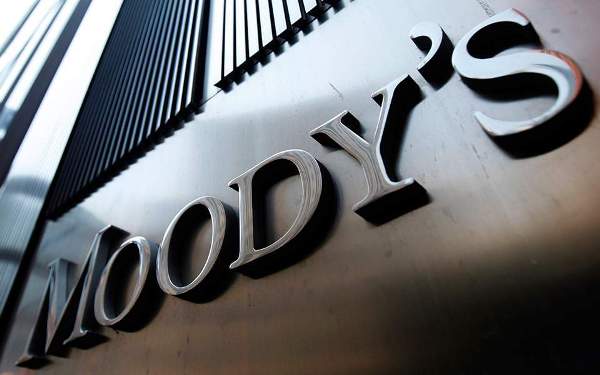Moody’s Investor Service on Thursday downgraded Pakistan’s outlook from stable to negative, citing “heightened external vulnerability” and uncertainty around securing external financing to meet the country’s needs.
Moody’s assesses that Pakistan’s external vulnerability risk has been amplified by rising inflation, which puts downward pressure on the current account, the currency and – already thin – foreign exchange reserves, especially in the context of heightened political and social risk. Pakistan’s weak institutions and governance strength adds uncertainty around the future direction of macroeconomic policy, including whether the country will complete the current IMF Extended Fund Facility (EFF) programme and maintain a credible policy path that supports further financing.
The decision to affirm the B3 rating reflects Moody’s assumption that, notwithstanding the downside risks mentioned above, Pakistan will conclude the seventh review under the IMF EFF programme by the second half of this calendar year, and will maintain its engagement with the IMF, leading to additional financing from other bilateral and multilateral partners. In this case, Moody’s assesses that Pakistan will be able to close its financing gap for the next couple of years. The B3 rating also incorporates Moody’s assessment of the scale of Pakistan’s economy and robust growth potential, which will provide the economy with some capacity to absorb shocks. These credit strengths are balanced against Pakistan’s fragile external payments position, weak governance and very weak fiscal strength, including very weak debt affordability.
The B3 rating affirmation also applies to the backed foreign currency senior unsecured ratings for The Third Pakistan International Sukuk Co Ltd and The Pakistan Global Sukuk Programme Co Ltd. The associated payment obligations are, in Moody’s view, direct obligations of the Government of Pakistan.
Concurrent to today’s action, Pakistan’s local and foreign currency country ceilings have been lowered to B1 and B3, from Ba3 and B2, respectively. The two-notch gap between the local currency ceiling and sovereign rating is driven by the government’s relatively large footprint in the economy, weak institutions, and relatively high political and external vulnerability risk.
The two-notch gap between the foreign currency ceiling and the local currency ceiling reflects incomplete capital account convertibility and relatively weak policy effectiveness, which point to material transfer and convertibility risks notwithstanding moderate external debt.























